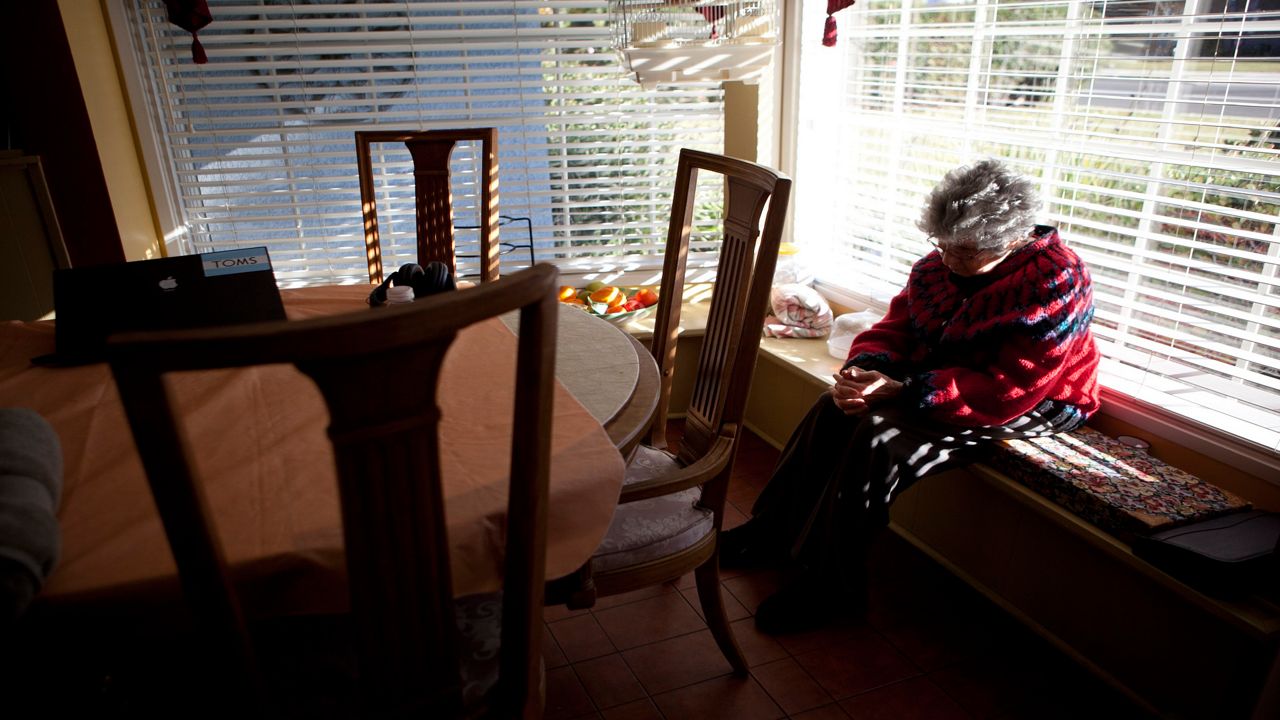The state is working to help older Mainers’ age in place, including support for home modifications and partnerships to help combat social isolation, the head of the Governor’s Cabinet on Aging said Thursday.
The cabinet, created in June 2022, formalizes planning for what’s been true for some time: Maine is the oldest state in the country, with a median age of 44.8 years.
“This is not a short-term change,” Elizabeth Gattine, a senior policy associate in the Governor’s Office of Policy Innovation and the Future said. “This is a very long-term demographic shift. We’re also a very rural state.”
The broad goals of the cabinet include affordable housing, transportation, broadband and helping to create community connections.
“A lot of different things come in to sustainable living,” she told members of the Legislature’s Health and Human Services Committee. “Also though, it is important to address the social isolation and loneliness. We have many people who live alone as they age.”
Addressing loneliness will require working with municipalities and through existing community initiatives, she said.
“The overall goal of the cabinet is to allow every person in Maine to age safely, affordably and in ways and settings that best serve that need,” she said.
Lawmakers also got an update from Brenda Gallant, the state’s long-term care ombudsman. Her office worked with lawmakers and others last year to keep the Maine Veterans Homes in Machias and Caribou from closing.
The closure of the Machias home would have forced residents to travel to Brewer for care — a 90-minute drive.
“I was so heartsick,” she said. “These are places you don’t want to see close.”
Gallant leads an office that investigates complaints from those who live in nursing homes, assisted living facilities and those who use adult day services and hospice.
Last year, they investigated 1,500 complaints, including 583 in nursing homes, 569 in assisted housing and 165 complaints about home care.
Many of the complaints had to do with staffing shortages that caused fewer beds to be available or reductions in service hours, she said.



